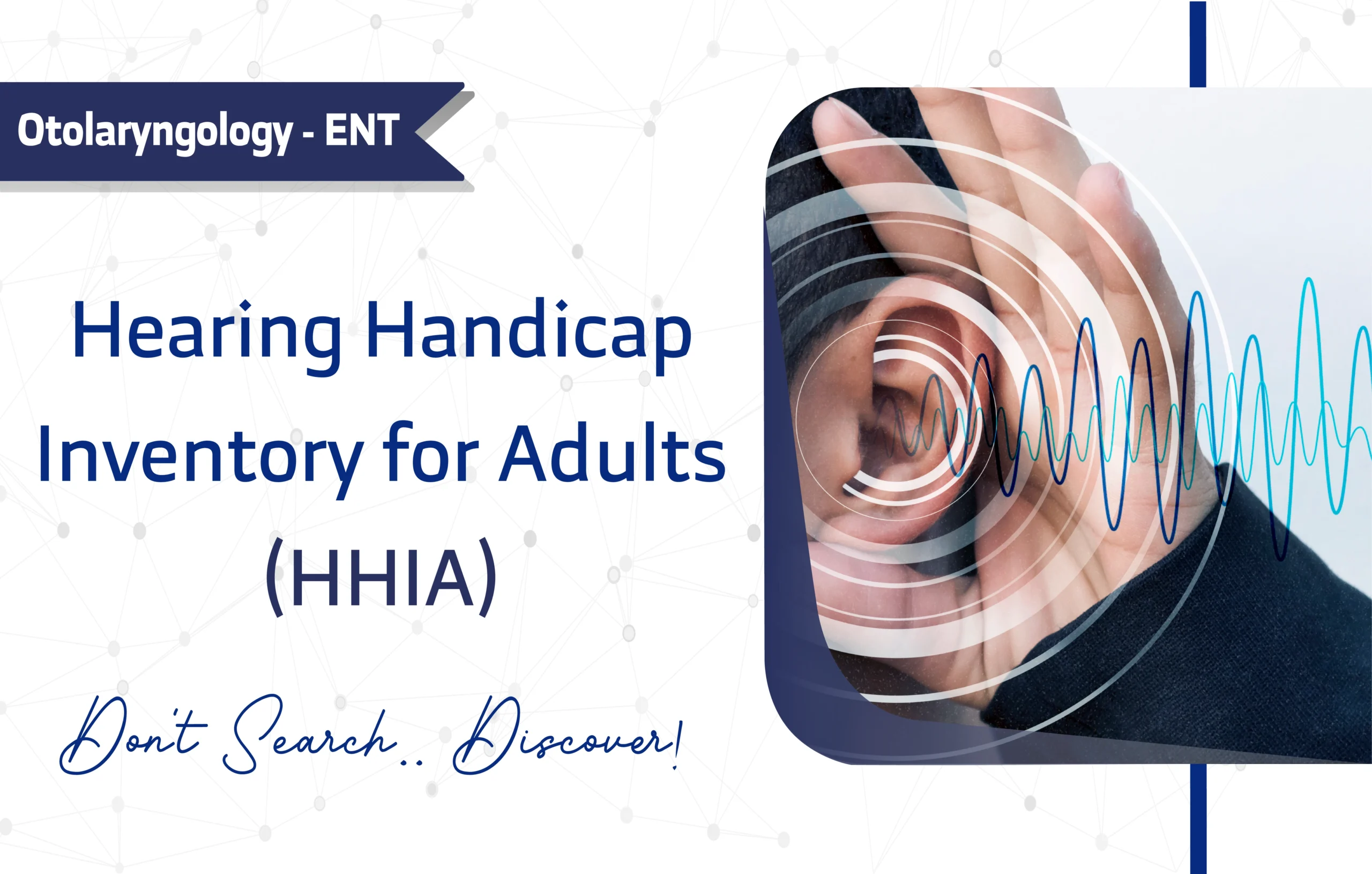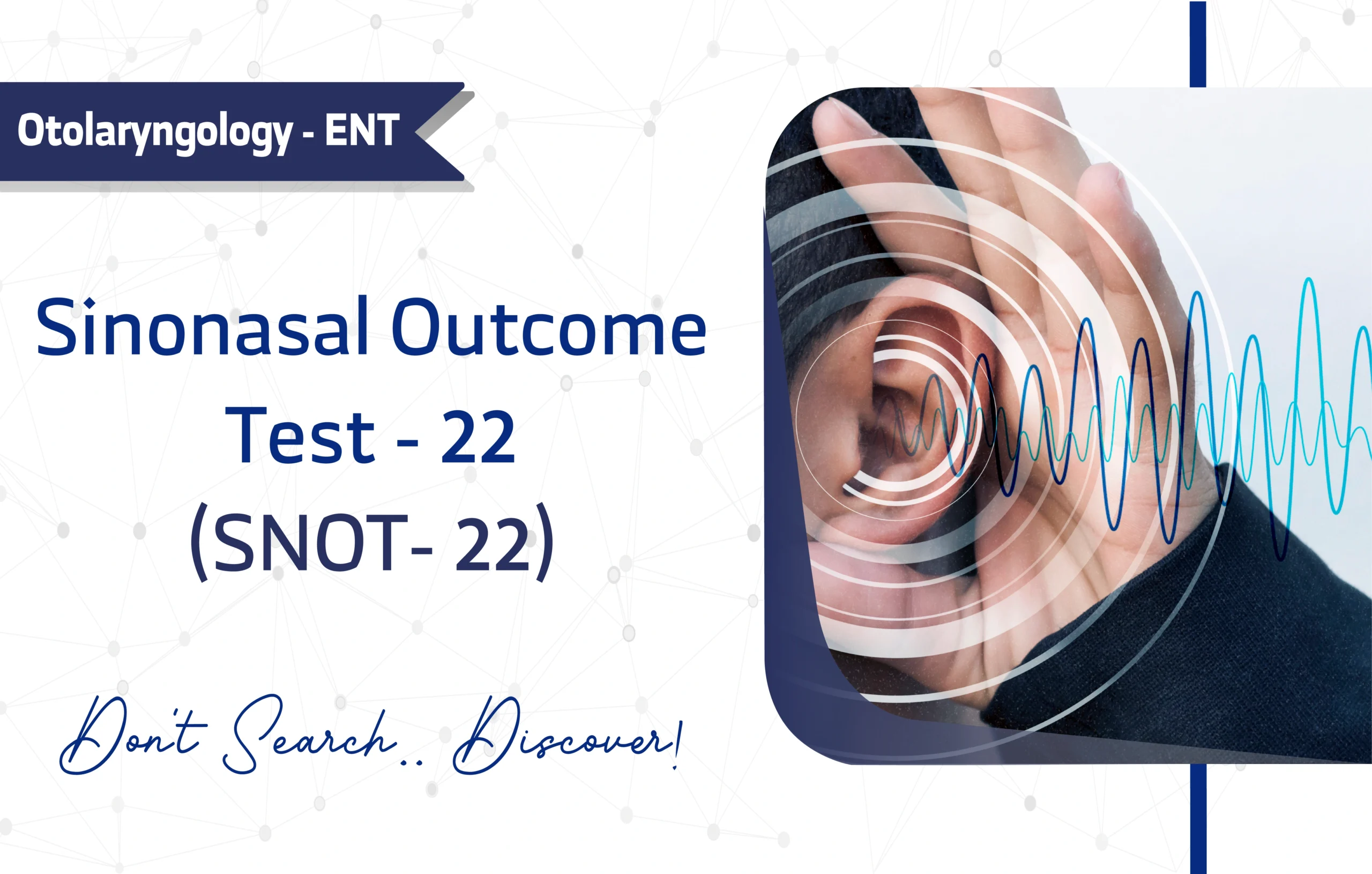Introduction
The Female Sexual Function Index (FSFI), developed in 2000 by Raymond Rosen and colleagues, is a cornerstone in assessing female sexual health. With over 8,000 citations on Google Scholar. Consequently, the FSFI supports both clinical diagnosis and research into women’s sexual health, offering reliable insights into functional and psychological aspects of sexuality.
This article explores the FSFI’s features, applications, and clinical utility. Moreover, we provide actionable guidance for experts in sexual health research and practice, ensuring its effective use in diverse settings.
Key Features of the Female Sexual Function Index
Purpose and Use
The FSFI evaluates key domains of female sexual function over the past four weeks. Clinicians actively use it to diagnose sexual dysfunction, monitor treatment progress, and plan targeted interventions. Additionally, researchers employ it as a primary outcome measure in studies investigating sexual health interventions. Furthermore, its focus on specific sexual domains ensures a comprehensive evaluation, making it highly practical for both clinical and academic settings.
Target Population
The FSFI is validated for adult women (18+), including:
- Young Adults (18–24 years)
- Middle-Aged Adults (25–44 years)
- Older Adults (45–64 years)
- Seniors (65+ years)
It is particularly effective for women experiencing sexual dysfunction, though it’s not validated for asexual or LGBTQ+ populations.
Structure of the Female Sexual Function Index
The FSFI comprises 19 items within the sexual health domain, covering six sub-domains:
- Desire: 2 items (1,2) — reflects a motivation to engage in sexual activity. Items examine a woman’s frequency and degree of experiencing sexual desire.
- Arousal: 4 items (3-6) — assesses the frequency and intensity of arousal, confidence in one’s ability to become aroused, and frequency of feeling satisfied with one’s arousal response.
- Lubrication: 4 items (7-10) — assesses the frequency and difficulty of attaining and maintaining lubrication during sexual activity.
- Orgasm: 3 items (11-13) — pertains to a woman’s ability to reach orgasm characterized by self-reported frequency of orgasm and difficulty reaching it, and one item that pertains to a woman’s satisfaction with the experience.
- Satisfaction: 3 items (14-16) — 2 that are partner-relevant (1 pertains to the general sexual relationship with one’s partner and the other specifically examines the relationship with one’s partner during sex), and 1 item that assesses satisfaction with “overall sex life”.
- Pain: 3 items (17-19) — captures genital pain that is elicited during or after vaginal penetration.
Each item uses a 5-point Likert scale, with 15 items including a zero option for “no sexual activity” (12 items) or “did not attempt intercourse” (3 items) within the past 4 weeks.
Scoring Method of the Female Sexual Function Index
The FSFI employs a 5-point Likert scale (1–5, with 0 for specific items), where higher scores indicate better sexual function. To calculate the total score:
- Sum the scores for each domain.
- Multiply each domain score by a factor ratio:
- Desire: multiplied by 0.6 (score range: 1.2-6 points).
- Arousal: multiplied by 0.3 (score range: 0-6 points).
- Lubrication: multiplied by 0.3 (score range: 0-6 points).
- Orgasm: multiplied by 0.4 (score range: 0-6 points).
- Satisfaction: multiplied by 0.4 (score range: 0-6 points).
- Pain: multiplied by 0.4 (score range: 0-6 points).
- Sum the weighted domain scores to obtain a total score ranging from 2.0 to 36.0.
A total score of ≤26.55 indicates sexual dysfunction. The 2-item Desire domain is the only domain that can be used independently, with a cut-off score of 5 (women with scores of 5 or less on the Desire domain likely meet diagnostic criteria for HSDD, and women with scores greater than 5 likely do not meet criteria), for further knowledge check “Gerstenberger et al ”
Administration Format
The FSFI can be administered via:
- Paper-based forms
- Digital (online) platforms
- In-person interviews
- Phone/Video Call
As a self-administered tool, it requires no training and takes less than 5 minutes to complete, enhancing its practicality.
Applications of the Female Sexual Function Index
The FSFI is versatile, supporting multiple applications:
- Screening: Identifies women with potential sexual dysfunction.
- Monitoring: Tracks changes in sexual function during treatment.
- Treatment Planning: Guides tailored interventions based on domain-specific deficits.
- Research: Serves as a reliable endpoint in clinical trials and epidemiological studies.
Furthermore, a shortened version, the FSFI-6, offers a quick screening tool for time-constrained settings.
Languages and Availability
To support its global application, the FSFI has been translated and validated in more than 20 languages, including:
- English
- Mandarin Chinese
- Spanish
- French
- German
As well as Arabic, Russian, Portuguese, Japanese and Hindi. This multilingual accessibility enhances its utility in diverse clinical and research contexts worldwide.
Reliability and Validity
The FSFI is highly reliable and valid, with a Cronbach’s alpha of ≥0.82 across domains, indicating excellent internal consistency. Validation studies confirm its robustness across diverse populations. Its sensitivity and specificity make it a trusted instrument for detecting sexual dysfunction.
Original Validation Study: Study link.
Another validation study: Study link.
Limitations and Considerations
Despite its strengths, the FSFI has a few limitations:
- Self-report measure: Responses may be influenced by social desirability bias or subjective interpretation.
- Scoring Complexity: The weighted scoring system requires careful calculation to ensure accuracy.
- The FSFI is not diagnostic alone as clinical correlation is required.
Other Versions and Related Questionnaires
The FSFI complements several related tools used in sexual health research and practice. Comparable questionnaires include:
- Female Sexual Distress Scale-Revised (FSDS-R): Focuses on distress associated with sexual dysfunction.
- Brief Index of Sexual Functioning for Women: Assesses sexual function with a broader scope.
- McCoy Female Sexuality Questionnaire: Evaluates sexual satisfaction and behavior.
Additionally, the FSFI-6, a shortened 6-item version, is available for rapid screening purposes, offering a concise alternative for time-constrained settings while maintaining core diagnostic utility. A modified version (FSFI-LL) also exists for assessing women’s lifelong sexual function. Link.
Additional Resources
For further exploration, consider these resources:
- Access the FSFI questionnaire as a PDF.
- Access the FSFI Scoring Appendix through the PDF
- Review the original validation study through this Study link.
- Another validation study, Cross-Validation and Development of Clinical Cutoff Scores: Study link.
- Scoring and Interpretation of the FSFI: What can be Learned From 20 Years of use? Study link.
- A Systematic Review of Measurement Properties: Study link.
- For inquiries, contact Raymond Rosen via academic channels.
- Explore further validation of a modified version (FSFI-LL): Link
Frequently Asked Questions (FAQ)
- Who can use the FSFI?
Clinicians, researchers, and healthcare providers use the FSFI for adult women (18+) in sexual health contexts. - How long does it take to complete the FSFI?
Patients typically complete the FSFI in Less than 5 minutes, ideal for clinical and research settings. - How is the FSFI administered?
It can be administered via paper-based forms, digital platforms, in-person interviews, or Phone/Video Call. - Is there any cost to using the FSFI?
The FSFI is free for non-commercial use, but permission may be required for commercial purposes.
A word from ResRef about the Female Sexual Function Index
The Female Sexual Function Index (FSFI) provides a reliable, validated, and comprehensive tool for assessing sexual function in women. Whether researchers evaluate intervention outcomes or clinicians improve patient care, the FSFI highlights critical areas needing attention. Consequently, it drives better outcomes and informed treatment decisions.
References
- Meston CM, Freihart BK, Handy AB, Kilimnik CD, Rosen RC. Scoring and Interpretation of the FSFI: What can be Learned From 20 Years of use? J Sex Med. 2020 Jan;17(1):17-25. doi: 10.1016/j.jsxm.2019.10.007. Epub 2019 Nov 15. PMID: 31735616. Link
- Koen I. Neijenhuijs, Nienke Hooghiemstra, Karen Holtmaat, Neil Aaronson, Mogens Groenvold, Bernhard Holzner, Caroline B. Terwee, Pim Cuijpers, Irma M. Verdonck-de Leeuw, The Female Sexual Function Index (FSFI)—A Systematic Review of Measurement Properties, The Journal of Sexual Medicine, Volume 16, Issue 5, May 2019, Pages 640–660. Link
- Wiegel M, Meston C, Rosen R. The female sexual function index (FSFI): cross-validation and development of clinical cutoff scores. J Sex Marital Ther. 2005 Jan-Feb;31(1):1-20. doi: 10.1080/00926230590475206. PMID: 15841702. Link
- Burri A, Cherkas L, Spector Replication of psychometric properties of the FSFI and validation of a modified version (FSFI-LL) assessing lifelong sexual function in an unselected sample of females. J Sex Med. 2010 Dec;7(12):3929-39. doi: 10.1111/j.1743-6109.2010.01970.x. Epub 2010 Aug 16. PMID: 20722783. Link
- Rosen R, Brown C, Heiman J, Leiblum S, Meston C, Shabsigh R, Ferguson D, D’Agostino R Jr. The Female Sexual Function Index (FSFI): a multidimensional self-report instrument for the assessment of female sexual function. J Sex Marital Ther. 2000 Apr-Jun;26(2):191-208. doi: 10.1080/009262300278597. PMID: 10782451. Link.
- Gerstenberger EP, Rosen RC, Brewer JV, Meston CM, Brotto LA, Wiegel M, Sand Sexual desire and the female sexual function index (FSFI): a sexual desire cutpoint for clinical interpretation of the FSFI in women with and without hypoactive sexual desire disorder. J Sex Med. 2010 Sep;7(9):3096-103. doi: 10.1111/j.1743-6109.2010.01871.x. PMID: 20561170. Link.









3 thoughts on “Female Sexual Function Index (FSFI): A Guide for Researchers and Clinicians”
Clear, concise, and very relevant,thank you.
I admire the effort you put into making this accessible.
This kind of content is much needed for young researchers.